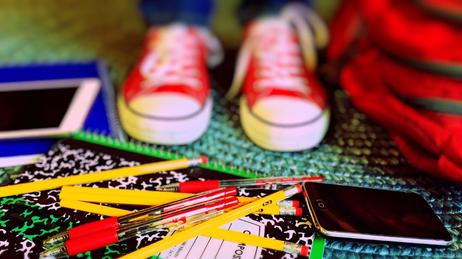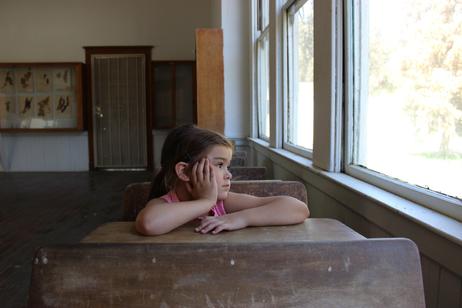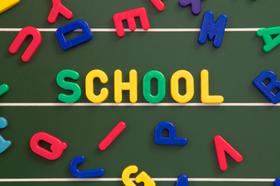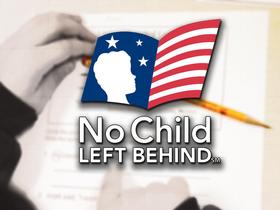How Scaffolding Could Change the Way Your Child Learns
It is a teacherвҖҷs job to shape the minds of the nationвҖҷs youth, teaching them the concepts and skills theyвҖҷll need to become functional adults.
- Early childhood education is critical.
- It can affect everything from a studentвҖҷs future academic success to his mental and emotional health.

Every child learns differently. His educational success depends, in large part, on his teachers and their method of instruction.
- Children learn by listening, observing, exploring, and asking questions.
- The more a child understands the вҖңwhatвҖқ and вҖңwhyвҖқ of the lesson, the more motivated and engaged they will be.
- Scaffolding is an instructional tool teachers use to develop critical thinking skills and other skills they need to work more independently.
What is Instructional Scaffolding?
In higher education, students are often left to their own devices to take a project from the assignment phase to completion.
- A college professor might give a classroom full of students a research article and ask them to write a detailed essay about the critical topic.
- As the professor in this example, you might expect mixed results.
- Some students are more than capable of completing a project with minimal instruction, while others might struggle.
- In many ways, it comes down to how the student was taught in his early education years.
that breaks up a lesson or project into smaller pieces,





















